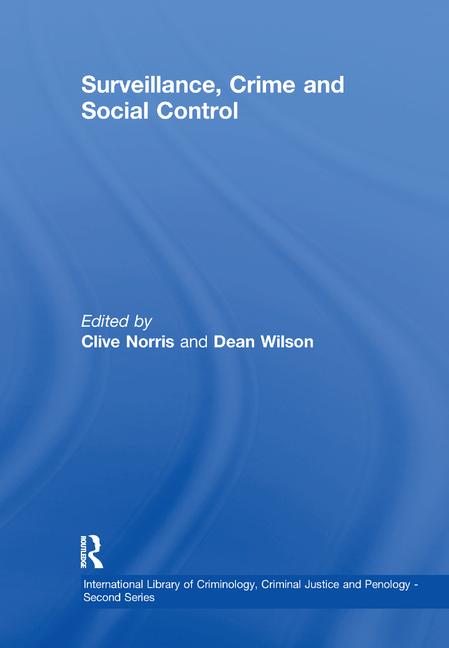Global terrorism claimed less lives in 2018, but its economic and social impact remains widespread, according to the latest Global Terrorism Index (GTI) from the Institute for Economics and Peace (IEP).
The Global Terrorism Index 2019 says that the number of deaths has now decreased by 52 percent since 2014, falling from 33,555 to 15,952. The total number of deaths fell by 15 percent in 2018, with the largest falls occurring in Iraq and Somalia on the back of the defeat of Islamic State of Iraq and the Levant (ISIL) in Iraq, and US-led airstrikes on Al-Shabaab. The fall in deaths was also reflected in country scores, with 98 countries improving compared to 40 that deteriorated. This is the highest number of countries to record a year-on-year improvement since 2004.
While the GTI finds that the intensity of terrorism has declined, it also shows that terrorism is still widespread and increasing, with 71 countries suffering from at least one death. This is the second highest number since the beginning of the century.
The fall in terrorism has also been accompanied by a reduction in the global economic impact of terrorism, decreasing by 38 percent to $33 billion in 2018.
For North America, Western Europe, and Oceania, the threat of far-right political terrorism has been rising over the past five years, with 19 countries affected by attacks in this period. In these regions far-right attacks increased by 320 percent between 2014 and 2018. This trend has continued into 2019, with 77 deaths attributed to far-right terrorism from the start of the year until the end of September. Unlike Islamist terrorism, none of the perpetrators in 2018 claimed to be a member of an organized terrorist group, making it difficult for security organizations to prevent such attacks, says the GTI.
The rise in terrorist activity in Afghanistan, coupled with the winding down of the conflicts in Syria and Iraq, resulted in the Taliban overtaking ISIL as the world’s deadliest terrorist group in 2018. The number of deaths attributed to the Taliban rose by just less than 71 percent, to 6,103, and accounting for 38 percent of all deaths globally. In contrast, deaths attributed to ISIL fell globally by 70 percent, falling from 4,350 in 2017, to 1,328 in 2018.
However, says the GTI, some ISIL affiliate groups have recorded increased levels of terrorist activity. The Khorasan Chapter of the Islamic State was the fourth deadliest terrorist group in 2018, with more than 1,000 recorded deaths, with the majority of these deaths occurring in Afghanistan. In total, there were 13 groups or movements who each killed more than 100 people in 2018.
Seven out of the nine world regions in 2018 saw a reduced impact of terrorism, in line with the global trend, which recorded a significant drop in both deaths from terrorism and terrorist attacks, says the GTI.
The largest improvement occurred in the Middle East and North Africa, while South America had the largest deterioration, followed by Central America and the Caribbean.
South Asia has had the highest regional score on the GTI for the past 16 years. Conversely, Central America and the Caribbean recorded the lowest score for the past 16 years, according to the GTI. A total of 212 deaths from terrorism have been recorded in Central America and the Caribbean since 2002, with 28 deaths occurring in 2018.
Between 2002 and 2018, South Asia, Middle East and North Africa (MENA) region and sub-Saharan Africa accounted for 93 percent of all deaths from terrorism. The largest number was recorded in MENA, at more than 93,700 fatalities. South Asia recorded roughly 67,500 over the same period, with a further 45,000 occurring in sub-Saharan Africa.








